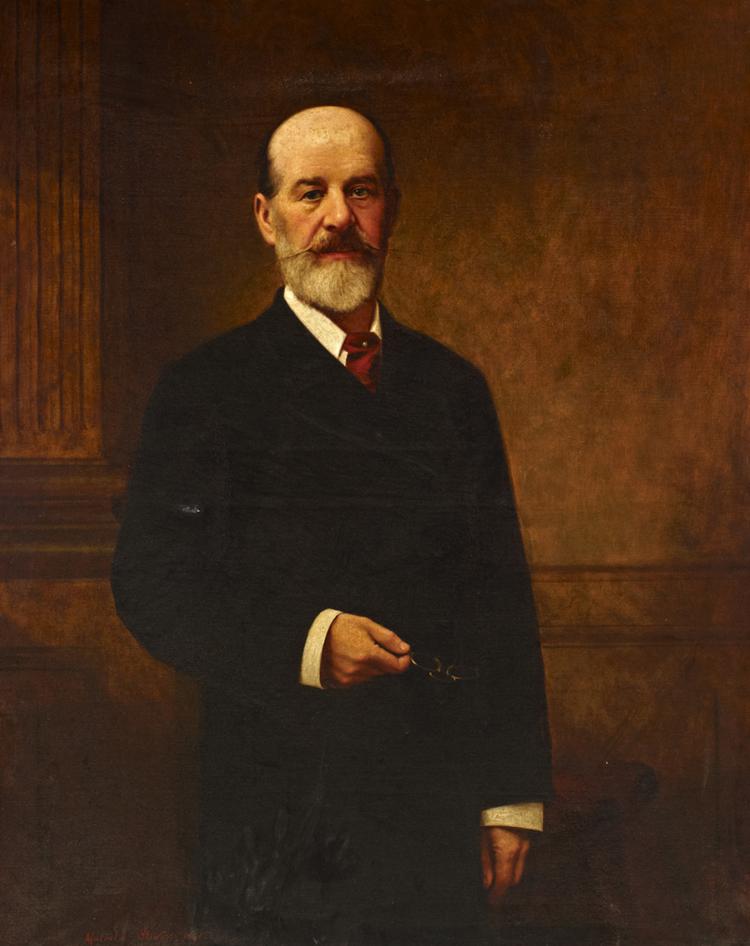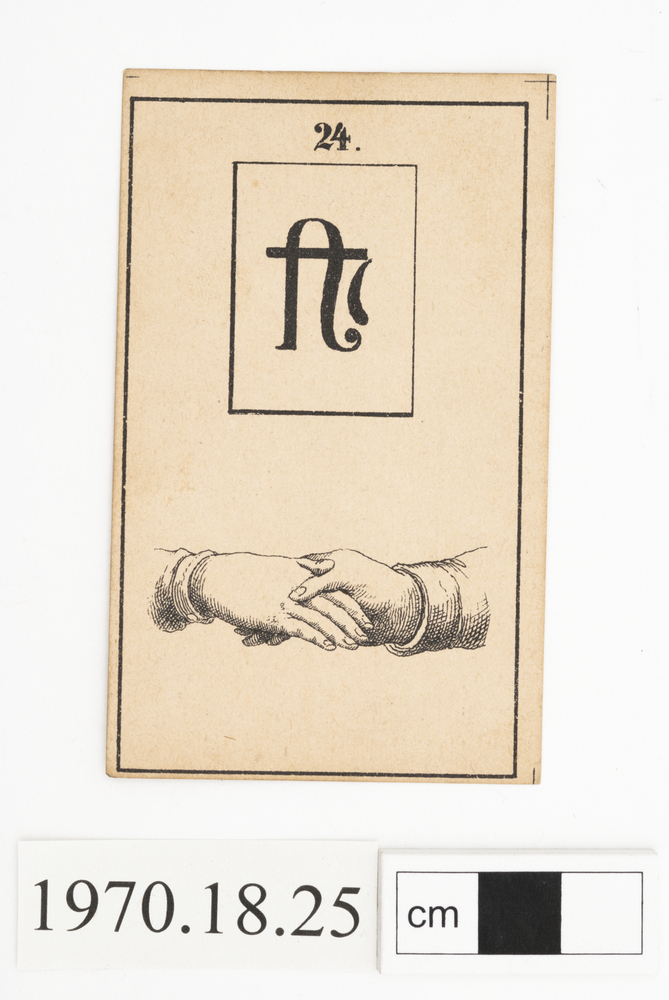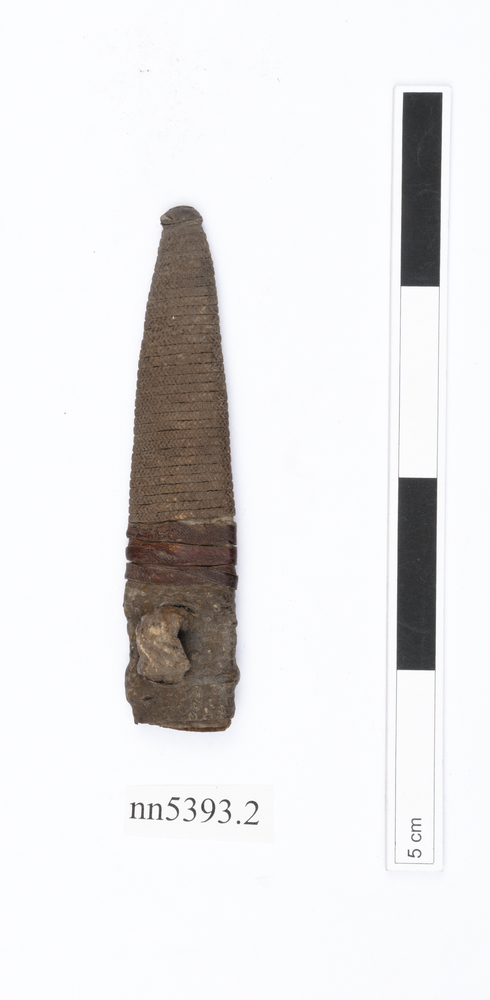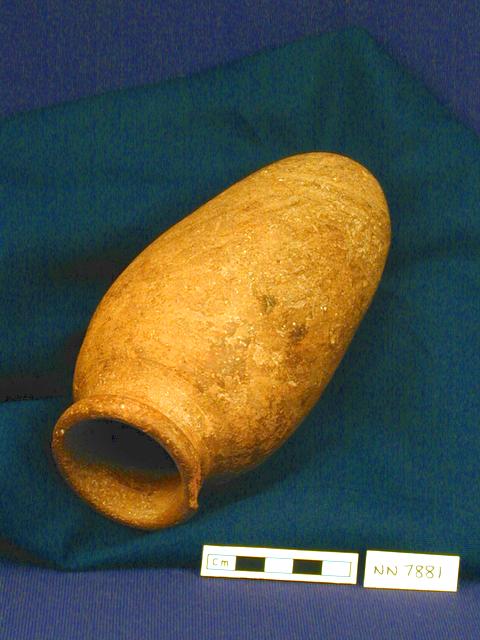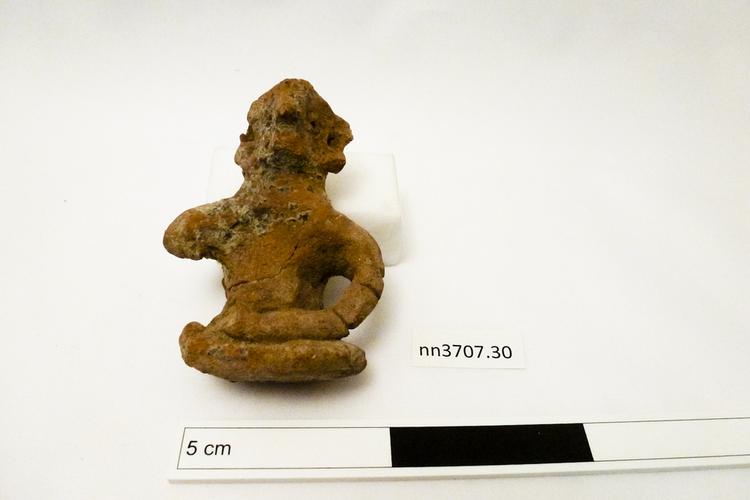
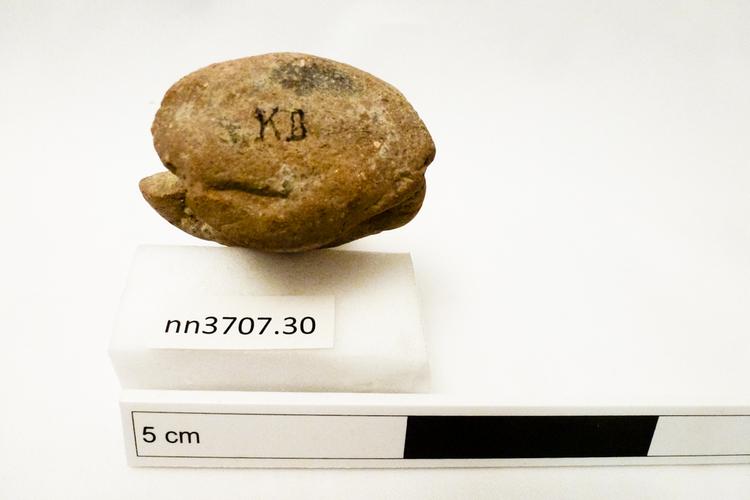
Human figure in clay, probably male, seated probably with crossed legs and hands, which may originally have been one on top of the other, in what may be a simple yogic posture or a mudra (pose). The right arm is missing, though the right hand may still be part of the hand combination on the lap of the figure, one symbol of the depiction of a figure in meditation (padmasana). The head is much damaged and crudely made by pinching with its basic features including pin hole eyes, now much eroded. This is a votive object, presumably to remind a common person of the need for reflection on the principles of his religion or for worship of the Buddha himself.
A human figure, probably male, seated probably with crossed legs and hands (originally one on top of the other?) in what may be a simple yogic posture or a mudra (pose). The right arm is missing, though the right hand may still be part of the hand combination (one on top of the other) on the lap of the figure, one symbol of the depiction of a figure in meditation (padmasana). The head is much damaged and crudely made by pinching with its basic features including pin hole eyes, now much eroded. This is a votive object, presumably to remind a common person of the need for reflection on the principles of his religion or for worship of the Buddha himself. Marked on the underside of the figure with ‘KD’ (probably Kula Dheri, Charsadda District, Khyber-Pakhtunkhwa, Pakistan). Archaeological context: presumably unstratified and from a surface collection. Early Historic Period, circa early centuries CE. Given by Col D H Gordon (195?).



